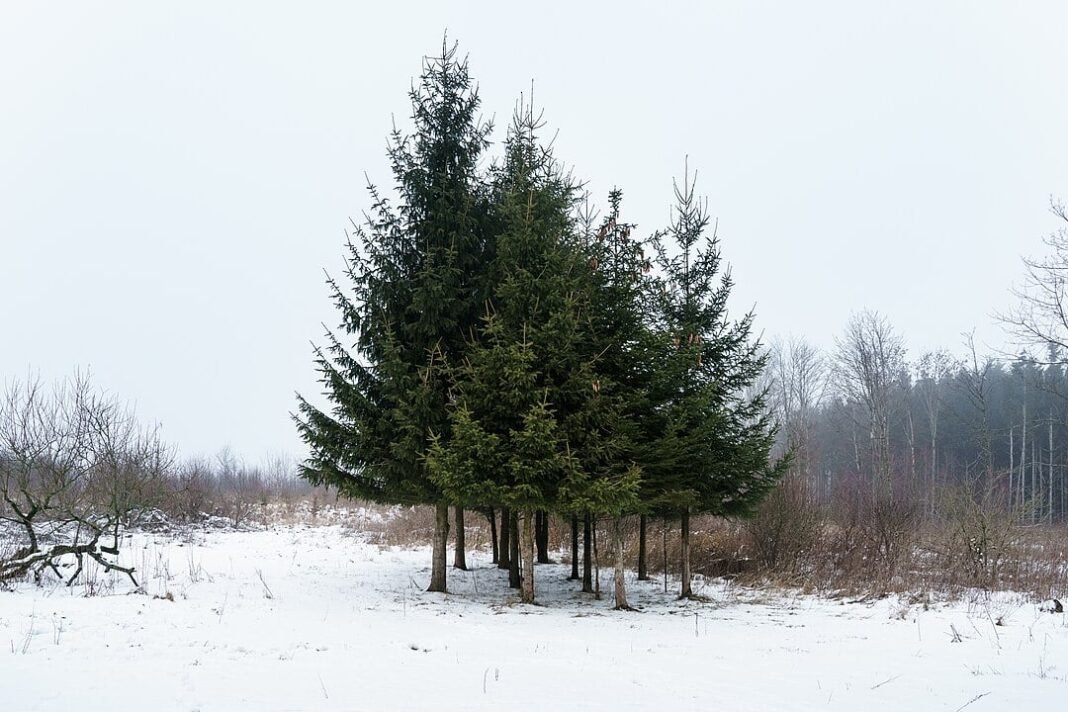
Researchers in Finland have discovered that Norway spruce (Picea abies) trees can produce tiny gold particles within their needles due to the bacteria living within them. The finding, published Aug. 28 in the journal Environmental Microbiome, reveals that certain microbes can transform dissolved gold absorbed through a tree’s roots into solid nanoparticles.
The discovery marks the first known link between bacteria and the formation of gold inside plants. Lead author Kaisa Lehosmaa, an ecologist at the University of Oulu in Finland, said the results show that microbes may play an active role in how gold accumulates in nature.
Microbes at work
Inside the trees, microscopic partners known as endophytes help drive the process. These symbiotic bacteria assist plants with nutrient absorption and hormone production — and, in this case, they also appear to convert soluble gold into solid form.
The process, called biomineralization, allows living organisms to create and control minerals in their tissues. In the soil, gold exists in a soluble, ionic form that moves with groundwater. Once absorbed through the roots, it travels upward through the plant.
Inside the needles, bacterial biofilms—thin coatings made of sugars and proteins—change the local chemistry, causing dissolved gold to precipitate into nanosized particles. This process may help both the tree and the microbes manage metal toxicity.
Study near Europe’s largest gold mine
To investigate, researchers collected 138 needle samples from 23 spruce trees near the Kittilä gold mine in northern Finland, the largest gold producer in Europe. Gold nanoparticles were found in four of the trees.
The particles were encased in bacterial biofilms belonging to genera such as P3OB-42, Cutibacterium, and Corynebacterium. The close association between the biofilms and the gold suggests the bacteria were directly responsible for isolating the metal.
Needles containing gold also showed lower bacterial diversity, a pattern previously observed in plants that store heavy metals.
Green exploration potential
While the particles measure only a few millionths of an inch — far too small to profit from — the discovery could prove valuable for mineral exploration. The presence of gold-related bacteria in plants may signal hidden deposits underground.
Lehosmaa explained that the study opens a path to greener gold exploration. Researchers say similar microbe-driven processes might also help remove metals from polluted water near mining sites.
Research Professor Maarit Middleton from the Geological Survey of Finland, who collaborated on the study, added that the work improves understanding of how biogeochemical exploration actually functions in nature.
Though the Norway spruce won’t make anyone rich, its microscopic partnership offers a glimpse of how life quietly shapes the chemistry of Earth’s most precious elements.


